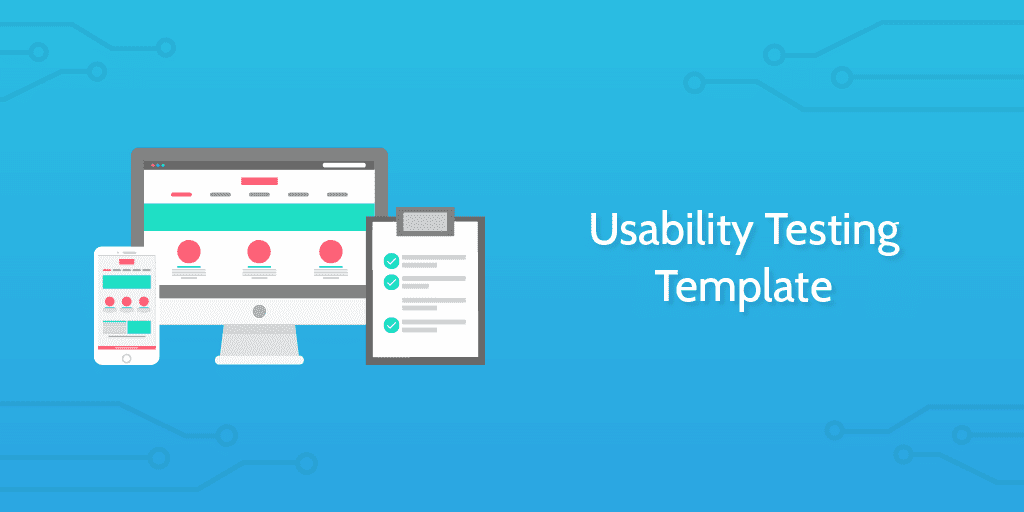A usability template is a pre-designed framework for conducting usability testing that includes all the key elements needed to test a product or design effectively. By using a usability template, designers and developers can save time and resources, ensure consistency across testing sessions, and maximize the impact of their testing efforts.
Here are some of the key benefits of using a usability template:
Increased Efficiency
One of the most significant benefits of using a usability testing template is that it can significantly increase efficiency. With a pre-designed template in place, designers and developers do not have to spend time creating a testing plan from scratch for each new project. Instead, they can adapt the template to the specific needs of their project, saving time and resources in the process.
Consistency Across Testing Sessions
Consistency is key when it comes to usability testing. By using a usability template, designers and developers can ensure that each testing session follows the same format and includes the same key elements. This can eliminate variability in testing results and ensure that all critical aspects of the user experience are thoroughly tested.
Improved Data Collection
A usability template includes the key elements needed to collect data during testing, such as survey questions, observation notes, and task lists. By using a pre-designed template, designers and developers can ensure that they collect all the necessary data and that it is organized in a way that makes it easy to analyze and interpret.
More Effective Analysis
Using a usability template can also help streamline the analysis process. By collecting consistent data across all testing sessions, designers and developers can easily compare results and identify patterns or trends that may indicate usability issues or opportunities for improvement. This can help focus design efforts on the most critical issues and ensure that improvements are made in the areas that will significantly impact the user experience.
Increased Collaboration
A usability template can also facilitate collaboration between designers, developers, and other stakeholders involved in the product development process. By using a pre-designed template, everyone involved in the testing process can easily understand what to expect and how to contribute to the testing process. This can foster a more collaborative and productive working environment, leading to better results.
Better Task Standardization
Usability testing templates help ensure task standardization, which is important in gathering reliable and accurate feedback. By providing participants with the exact instructions and task scenarios, usability templates help ensure consistency across all testing sessions. This standardization helps reduce the risk of introducing bias and helps ensure that the results accurately reflect the user experience.
Improved Data Collection
Usability templates can also help improve the data collection process. By clearly defining the data that needs to be collected during testing, usability templates ensure that all necessary information is gathered. This means the testing process is more thorough, and the resulting data is more comprehensive. In addition, usability templates can include fields for notes and observations, which can help researchers capture qualitative feedback that may not be captured through quantitative data alone.
Streamlined Analysis
Finally, usability templates can help streamline the analysis process. By organizing data in a standardized and consistent manner, templates can help researchers quickly identify patterns and trends in the data. This makes it easier to draw insights and conclusions, which can be used to inform design decisions and improve the overall user experience.
Also Read: How to Fix Usability Testing Mistakes You’re Still Making
Conclusion
Usability testing is an essential part of the product development process, and using a usability template can help improve the efficiency and effectiveness of the testing process. By providing a standardized structure for the testing process, usability templates can help ensure that all necessary data is collected, that the testing process is consistent, and that analysis is streamlined. This ultimately leads to a better user experience and a more successful product.
When creating a usability template, it is essential to remember the specific needs and goals of the testing process. Templates can be customized to fit the unique requirements of each project and should be designed with the end user in mind. By following these best practices, usability templates can be a powerful tool for improving the efficiency and effectiveness of usability testing and help businesses create products that meet the needs of their customers.





























